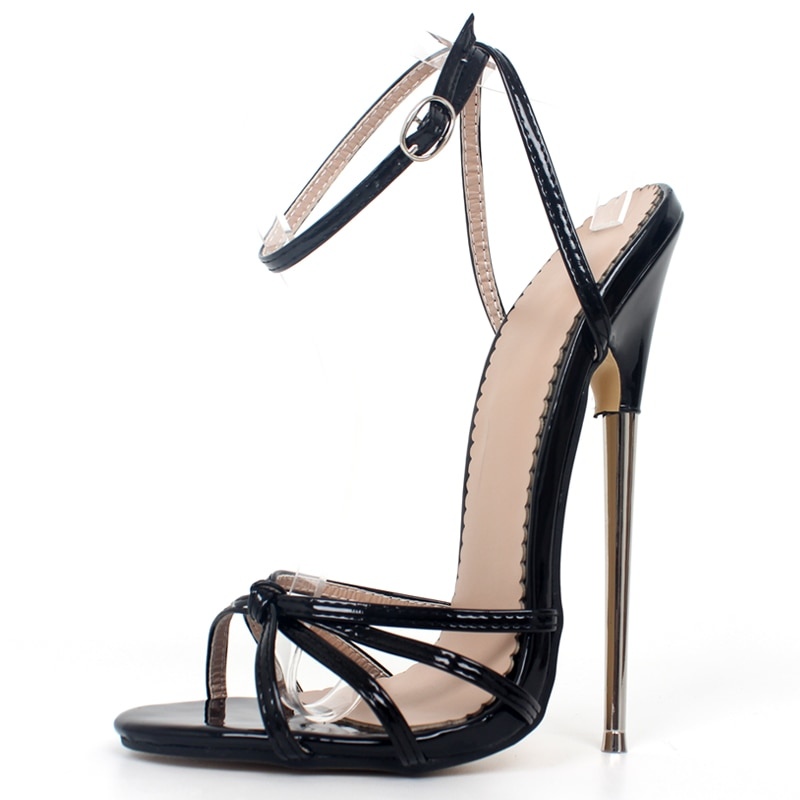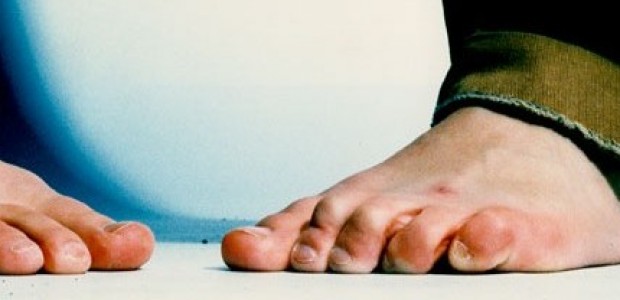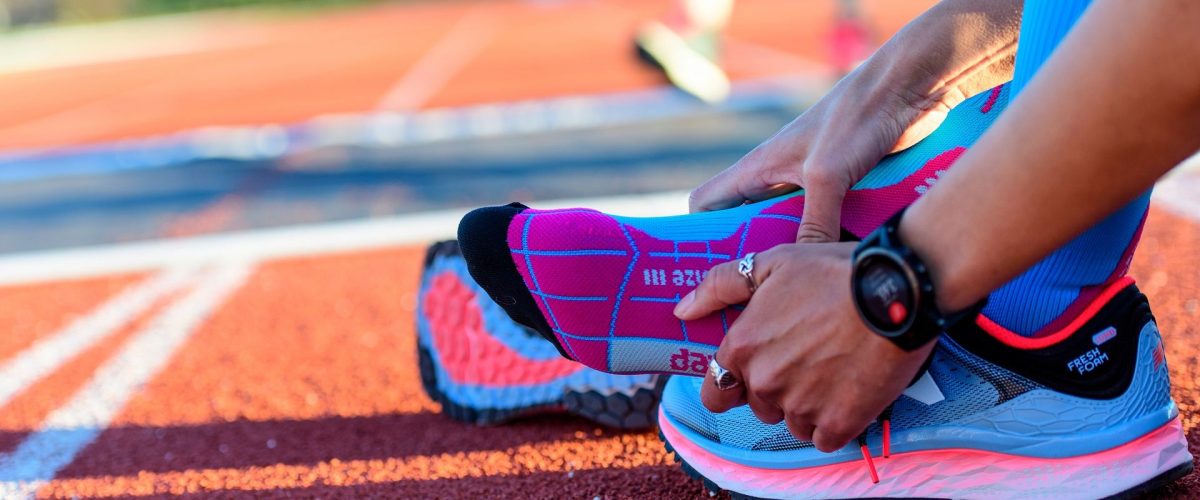We all hate it when plantar fasciitis flares up. Are there common triggers to avoid? What causes can we take action on today in order to reduce the chance our morning heel pain recurs?
- Poor Shoe Selection
- Repetitive exercise routines
- Unexpected Weight Gain
- Pronation and Supination
- Toe alignment issues
- Pigeon toes (in-toeing)
- Running to excess
Would you like to know more?
Poor Shoe Selection

Poor shoe selection could be anything from an overly tight toe box to lacking arch support. Please check our guide to the best running shoes for plantar fasciitis. It has a complete list of suitable running footwear for PF sufferers.
A tight toe box will cramp your toes, especially when they need to splay while running. This can cause circulation issues while in your toes it may still effect your heels with back pressure. If you have wide feet you can find a good pair of shoes in a wide model that allow for proper splay, if you don’t have wide feet but are still concerned, merrel makes some shoes with amazing toe box space.
Zero drop shoes
Aren’t these good for plantar fasciitis? Yes, and no, while they can help you strengthen the plantar fascia, which is what you need – if you use them too often – and before you’re ready for them they can actually cause plantar fasciitis.
Zero drop shoes are wonderful, but if you’ve been wearing supportive footwear for your entire life, it needs to be a slow transition into them.
Arch support
Arch support was essentially an overblown invention from ad agencies in the 90’s. Now everyone needs arch support, and podiatrists will echo this all the way to cancun.
For plantar fasciitis, arch support, will help alleviate the pain, and will prevent further damage.
However,
Your arches do need strengthening, so you need to strike a balance between using pain management footwear and footwear that allows you to regain the strength you need.
Repetitive exercise routines
Run every day? Me too!
Well at least until I got plantar fasciitis.
Running every day may not be the best idea if you struggle with plantar fasciitis. Your body usually needs a day or two to recover from injury, and micro injuries from running can be considered covered under that.
Give you heels a chance to heel!
Unexpected Weight Gain
I’m not sure if this one is self explanatory or not,
Being overweight sucks and running is a great way to rectify that.
Just be careful.
Slamming your heels into the pavement is hard on your feet regardless of weight, being overweight likely means two things:
You’re lacking in strength
And your heal strikes are going to be very hard
My advice:
Take it easy. But do keep up the good work you big beautiful soul, you’ll get there eventually.
Pronation and Supination
Pronation occurs when the foot naturally rolls inwards while running, you push off with your big toe and land with your heel
Supination is the opposite, its when your angle rolls outwards.
These two can stress the plantar fascia too far, leading to plantar fasciitis if not corrected.
The best way to correct it is with the use of heel cups.
Toe alignment issues
A 2003study by Dr. Harvey Lemont, DPM confirmed that plantar fascia pain is stemming from a lack of blood flow to the plantar fascia via the tibialis posterior artery. This artery’s blood flow often limited by big toe alignment problems.
These alignment issues are frequently caused by modern shoes narrow toe design. Switching to wide toe box shoes or flip flops might be able to address and alleviate the alignment problems by giving your toes room to adjust back to normal placement.
Pigeon toes (in-toeing)

It’s been found that a strangely common occurrence of Pigeon Toes (or In-toeing) may be a leading cause of Plantar Fasciitis.
The Plantar Fascia is a ligament connecting your heel bone to the base of your toes supporting your foot arch.
Two common causes given by your doctor while you sit there in agony is Obesity (your not, you run every day), and sports injury (not likely, I buy way to many new running shoes).
The one thing most doctors won’t notice while you sit there, is that when you walk, one of your feet turns inwards slightly, this causes a repeated over stretching of the Plantar Fascia, eventually resulting in severe and chronic heel pain we know as Plantar Fasciitis.
If you suffer from Plantar Fasciitis, please ensure you try focusing on keeping your stride and feet in toe and ensure you have the best running or walking shoes available.
Running to excess
This might be pretty basic to most people out there but running a marathon when your body is telling you its not up to the task is probably not the smartest plan of action.
I know, I know, you need to push through the pain. Well that comes at a cost someone needs to pay.
How to know if I really have Plantar Fasciitis
In Summary
I hope this article helps you understand the causes behind your recent plantar fasciitis flare up. And I hope it’s given you some ideas to check off the list and ensure isn’t the cause behind it.
Safe running!
Disclaimer: I am not a doctor and this is not medical advice. I am someone who suffered from Plantar Fasciitis off and on for 3 years before my heel pain fully subsided. The following information is based off my own experience and research into what works best for plantar fasciitis.
Jeremy

